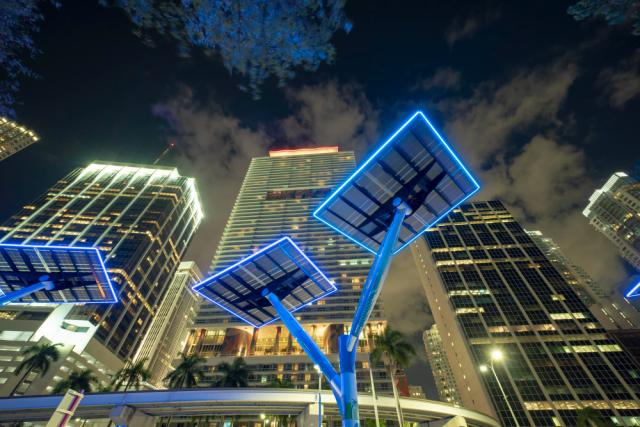
The modern world is undergoing a rapid energy transition, shifting from fossil fuels to renewable energy sources. This is mostly due to rising energy prices, depleting non-renewable energy resources, and increasing carbon emissions. Courtesy of this energy transition, there has been a growing interest in renewable and sustainable energy technologies, especially building integrated photovoltaics (BIPVs).
Building integrated photovoltaic systems are becoming ideal solutions for enhancing energy efficiency and architectural design. This is due to their tendency to offer a dual function of sustainable energy production and aesthetic enhancement.
The ongoing BIPV technology advancements are revolutionizing how modern civilization harnesses energy from renewable sources, especially solar energy. Companies are striving to develop next-gen building solar solutions. This blog post will provide an overview of the innovative technologies in building integrated photovoltaics. To learn more about the global building integrated photovoltaics industry, kindly visit Coherent Market Insights’ recent report.
Latest Technological Advancements and Innovations in BIPV Systems
Building integrated photovoltaics remains at the forefront of innovation in the sustainable architecture sector, seamlessly incorporating solar energy systems into different architectural components.
- Transparent Solar Technologies
Transparent photovoltaic materials allow for easy integration of PV systems into building facades, windows, and skylights. These materials are generally made from perovskite solar cells or thin-film technologies. They can permit natural light to enter buildings while generating electricity. BIPV innovation leaders like Ubiquitous are increasingly developing fully transparent solar windows that convert sunlight into energy without affecting visibility.
Benefits of Transparent Solar Technologies
Transparent solar panels or transparent solar cells provide shading while reducing heating and cooling demands. They also improve architectural transparency without compromising energy generation.
- Thin-film Solar Technology
Thin-film photovoltaics like OPV (organic photovoltaics) and CIGS (copper indium gallium selenide) are gaining wider popularity in BIPV applications. Thin-film solar cells are made by depositing one or more thin layers of photovoltaic materials onto substrates like metal, glass, or plastic.
The flexibility and lightweight properties of thin-film solar cells make them perfect for curved and unconventional surfaces. Their minimum material usage and rising efficiencies also add to their growing popularity globally.
Benefits of Thin-film Solar Cells
Thanks to the flexibility and lightweight properties of thin-film solar technologies, they can be easily integrated into complex architectural forms. They are also easier to install than several other solar technologies.
- Perovskite Solar Cells
Apart from common solar panels, there is another interesting type, called perovskite solar cells. They are gaining immense popularity for their flexibility, high efficiency, and lightweight properties.
Perovskites can be easily applied as a coating on various surfaces, including glass, walls, and roofing materials. They are becoming ideal replacements for traditional solar cells on account of their efficiency and lower cost.
Benefits of Perovskite Solar Cells
Perovskite solar cells can be easily integrated into rough surfaces, making them suitable for complex architectural designs. Their simpler manufacturing process also makes them more cost-efficient than other traditional solar panels.
- Smart Solar Panels Integrated with AI and IoT
Integration of AI and IoT is greatly transforming BIPV systems into intelligent energy solutions. Smart BIPV systems can effectively monitor performance, optimize energy production, and adapt to environmental conditions. Their ability to adjust output based on energy demand and real-time weather conditions results in energy optimization.
- 3D Printed Solar Panels
3D printing is allowing companies to create tailor-made BIPV modules that perfectly fit unique building designs. It empowers architects to create more aesthetic, energy-generating structures that redefine the urban landscape.
Conclusion:
The future of BIPV systems looks bright owing to the global energy transition towards renewable sources. Top BIPV innovation leaders are focusing on developing cutting-edge BIPV designs to dominate the industry. The ongoing technological trends in photovoltaics are expected to have a dramatic impact on the overall market growth.






